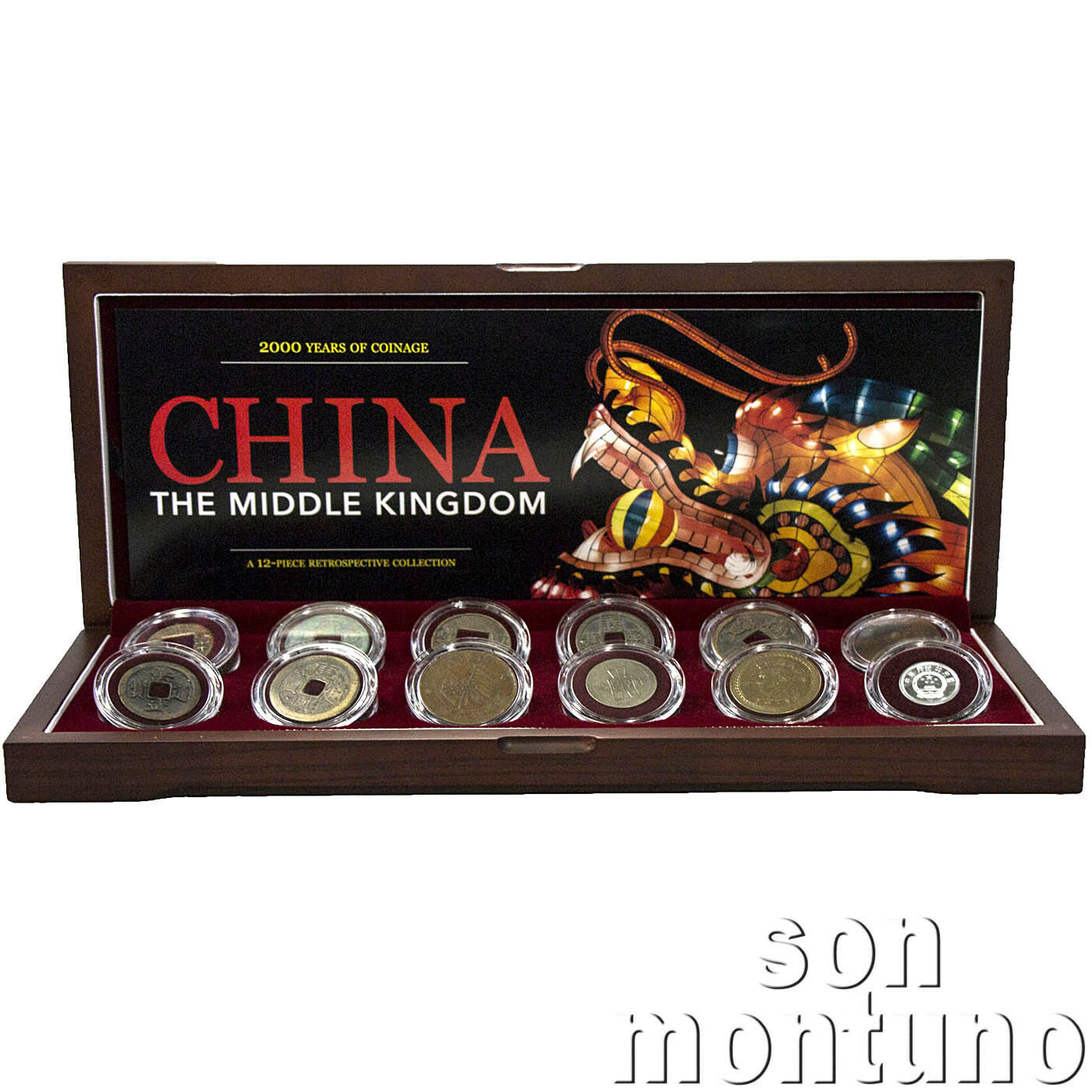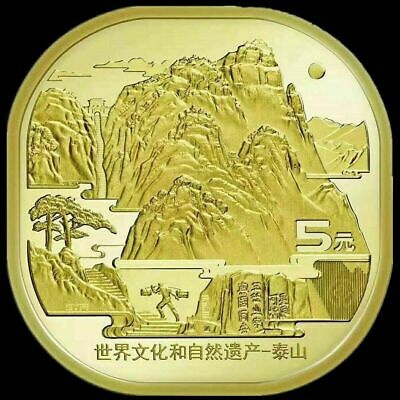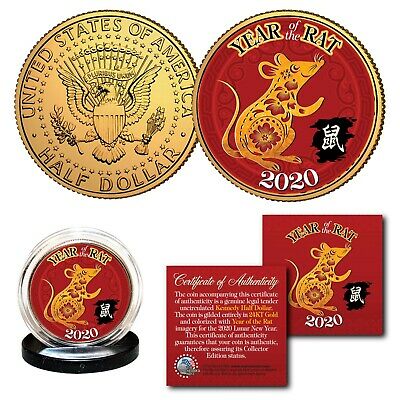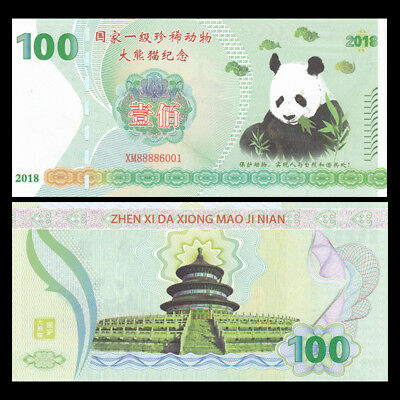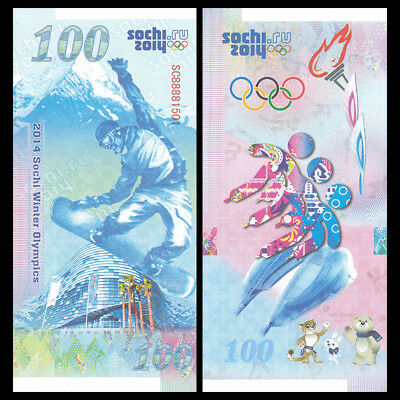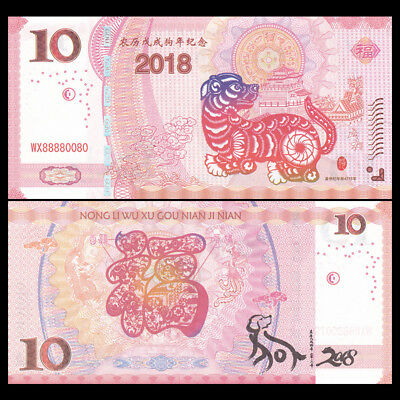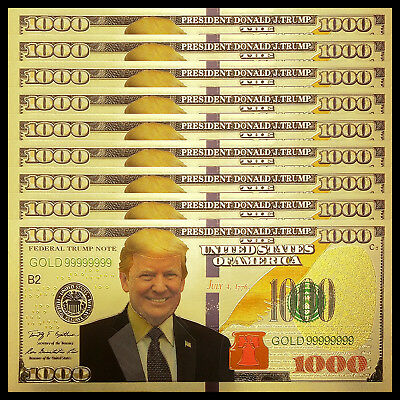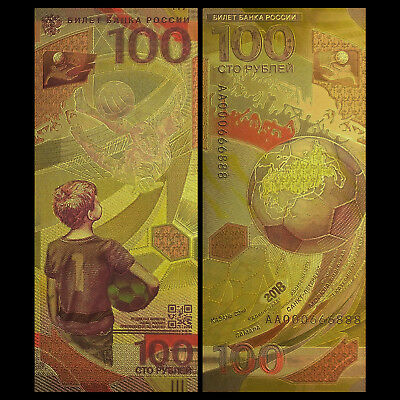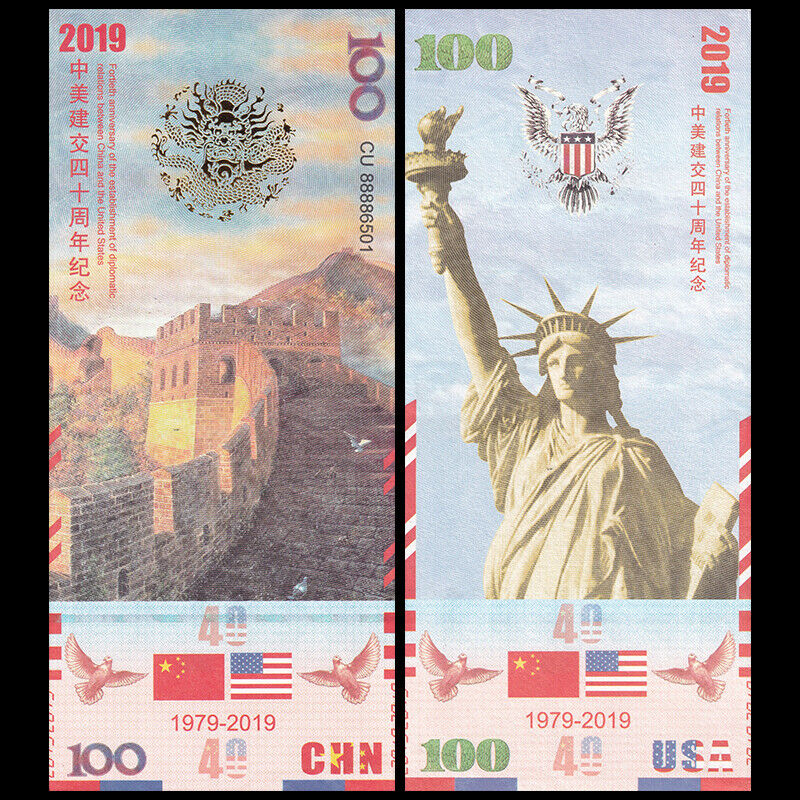-40%
CHINA - The Middle Kingdom - Retrospective Set of 12 Coins in Wood Box with COA
$ 94.51
- Description
- Size Guide
Description
CHINA - The Middle KingdomA 12-Piece Retrospective Collection
in beautiful wood box.
Coins are encapsulated and presented in wood
box with story card and certificate of authenticity.
PERFECT GIFT!
All coins are examined, genuine and certified.
The Middle Kingdom, as China has always been called by its inhabitants, is perhaps the world’s most influential civilization. In addition to gunpowder, paper, woodblock printing, and the magnetic compass—the so-called Four Great Inventions—China also invented or discovered silk, tea, playing cards, toilet tissue, fireworks, boat rudders, umbrellas, kites, porcelain, wheelbarrows, iron casting, hot air balloons, seismographs, matches, horse stirrups, acupuncture, herbal medicine, lacquer, paper money, mechanical clocks, and alcohol.
Unlike the nations of Europe, Africa, India, or the New World, China was united in ancient times, during the semi-legendary Xia Dynasty (2100-1600 BCE). While it has both expanded and fractured a number of times since then, it has been unified more often than not. This is due in part to a culture and system of government established by the pre-Common Era dynasties, which imposed a strict hierarchy among various ancestral cults and standardized the writing script, weights, and measures. The first emperor of one of these early dynasties, the Qin—from which the Western word ”China“ derives—established the first unified currency, the Ban Liang, ca. 210 BCE, appropriating a design first introduced by the Zhou.
This system was modified during the reign of the Han emperor Wang Mang (7-23 CE), whose bizarre bao huo monetary overhaul involved tortoise shells, cowries, gold, silver, and archaic spade money, in addition to new coins. This chaotic system wreaked havoc on the Chinese economy and ultimately doomed the Han, the great dynasty that had invented paper. The situation improved under the emperor Guang Wu (25-56 CE), who simplified the monetary system; his Wu Zhu issues, with their distinctive hourglass-shaped design, continued to be issued for centuries.
Gaozu, founding emperor of the Tang dynasty (618-907) abolished the coinage based on a weight of Wu Zhu (i.e., five zhu) and began to cast Kai Yuan Tong Bao ca. 622 CE. From that point on, Chinese money, no longer named after weight, was called Tong Bao, Yuan Bao, or Zhong Bao. The Tang was an era of high culture and innovation; gunpowder and woodblock printing were invented during this period.
The Song dynasty (960-1279) represented a Chinese golden age, highlighted by expansion of trade, territory, and technological achievement. The copper cash coin became the currency for the monetization of the economy. The medieval dynasty fell to the same power that took most of the rest of Asia: the Mongols.
Established by the famed Kublai Khan, the Great Yuan dynasty (1279-1368) was the zenith of Chinese literature. Marco Polo made his famous journey to China at this time. The coinage showed Islamic influence, as with these issues by the Khan Kaidu.
The insular focus of the famed Ming dynasty (1368-1644) is evident in its primary contribution to posterity: the Great Wall, intended to repel both foreign invaders and would-be immigrants. The last of the ethic Han dynasties, the Ming comprised what some historians hail as ”one of the greatest eras of orderly government and social stability in human history.“ Such focus on stability meant that the cash coins looked much the same as they had a thousand years earlier.
In 1644, the Manchu, an ethnic minority from which Manchuria derives its name, toppled the last Ming emperor and established the Qing dynasty (1644-1912). During the Great Qing period, China experienced a marked growth in size, population, and economic might that foreshadowed its 21st century prominence. Its territorial extent included all of modern-day China, as well as Taiwan, Mongolia, Bhutan, and parts of Myanmar, Kyrgyzstan, Tajikistan, Pakistan, and Russia. Throughout, the design of the cash coin did not much change.
Some 25 million Chinese fell during the Taiping Rebellion of 1850-64; in all of human history, only World War II had a higher death toll. The Qin managed to survive this civil war with the ironically-named Heavenly Kingdom of Peace, but when the 19th century gave way to the 20th, the monarchy was on its last legs. Led by its first president, Sun Yat-sen, the Republic of China controlled all of China from 1912 until 1949, when it was forced to repair to the outlaying island of Taiwan. From 1928 until his death in 1975, its leader was Chiang Kai-shek. Early issues, such as this ten cash, show two crossed flags: the five-stripe flag of the Republic crossed with the national emblem. Later Taiwanese issues feature the portrait of Sun Yat-sen.
Led by the indefatigable Mao Zedong, the Communist Party prevailed in the Chinese Civil War, chasing Chaing Kai-shek and his disciples off the mainland entirely. On October 1, 1949, the People’s Republic of China was established. The government turned its back on thousands of years of proud tradition. His policies were failures. Between the Great Leap Forward, the Great Cultural Revolution, and the Great Famine, some 60 million Chinese died as a result of Mao’s botched programs. After Mao’s death in 1976, the PRC instituted a number of economic reforms that have contributed to its re-emergence as a world power in the 21st century. The design of this one fen coin, struck in aluminum, has not changed since 1955.
This set contains 12 coins spanning over 2000 years of Chinese history!
12 COINS INCLUDED AS FOLLOWS:
1. Qin: Ban Liang, bronze cash, 206 BCE-25 CE
2. Han: Wang Mang, bronze cash, 7-23 CE
3. Han: Wu Zhu, bronze cash, 25-581 CE
4. Tang: Kai Yuan Tong Bao, bronze cash, 622-907
5. Song: bronze 2 cash, 960-1279
6. Great Yuan: Khan Kaidu bronze fals, 1269-1301
7. Ming: bronze cash, 1368-1644
8. Qing: bronze cash, 1644-1912
9. Republic of China: copper 10 cash, KM-306, 1920
10. Republic of China: nickel chiao, KM-349, 1936-39
11. Taiwan: brass 5 chiao, KM-535, 1954
12. People’s Republic of China: aluminum fen, KM-1, 1955
Coins are protected in archival capsules
and beautifully displayed in a wood box.
Accompanied with a story card and certificate of authenticity .
Please note that we have more than one of these sets available.
Photos are examples of the quality of coins you will receive
but every coin
is unique and different.
Thank you!
please see our other listings for more great coins & treasures
WHEN YOU CLICK THIS LINK
Thank You!
